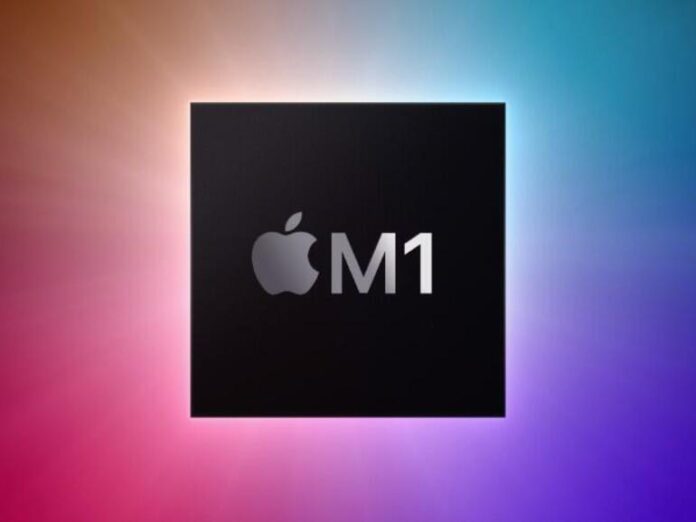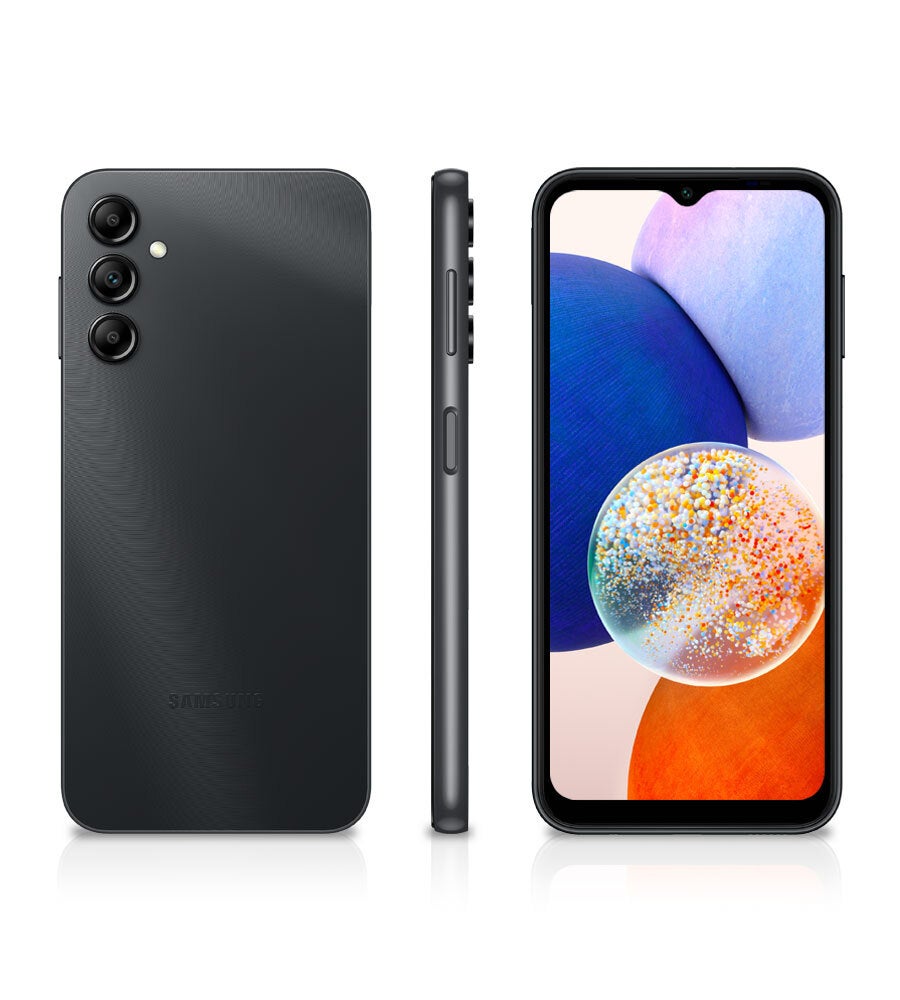Although 2020 presented unique challenges, Apple refused to be derailed and collected multiple wins. Here are Apple’s top five best moments of the year.
Despite the COVID-19 pandemic, Apple overcame difficult conditions to log multiple notable successes. Here are Apple’s five greatest moments of 2020.
5. Apple Watch Series 6
Apple’s Watch Series 6 and the underlying watchOS 7 powering the wearable have changed the way many professionals work, and the device has certainly changed how people monitor and track messages, health, fitness, and other common actions throughout the day. In the COVID-19 era, adding a blood-oxygen sensor and app proved more than timely, as the functionality helps wearers confirm overall fitness and wellness and spot potential trouble.
The always-on nature of the new Apple Watch Series 6, in which the watch face is always displayed and proves easier to read even in bright sunlight, makes it easier to track not just the time but information from complications, incoming messages, and alerts. Overall, that makes the new device that much more convenient and capable.
The new devices are also faster. A new dual-processor chip based on the A13 Bionic CPU that previously powered the iPhone 11 powers the Watch Series 6, unveiled in September.
A heavy daily Apple Watch user since the devices originally debuted, I’ve noticed and appreciated how apps subsequently launch faster and provide better responsiveness, all with improved battery life, too. Better performance and longer battery life are always a welcome combination, and Watch Series 6 delivers.
4. iPadOS 14 and iOS 14
iPadOS, the operating software powering Apple’s popular and continually updated tablet line, received its own upgrade in iPadOS 14 in September. Improved handwriting recognition and the new Scribble functionality simplify taking notes and are among the new release’s most helpful features for those users favoring the Apple Pencil.
Other innovations included in iPadOS 14 are a new design favoring smaller, more compact elements that places more emphasis on the information or images with which you’re working and redesigned sidebars that also leave more room for the content with which you’re interacting. The updated Home Screen pages, meanwhile, permit adding Smart Stacks, or customizable widgets.
These widgets may be among the most popular new features. The customizable self-contained elements enable placing interactive windows where the user specifies. The widgets then display relative information at appropriate times, providing ready shortcuts to oft-needed data, news, and other information.
iPadOS 14 also introduces an App Library. The new utility, reached by swiping all the way to the right, presents pre-categorized sets of applications. For example, iPadOS 14 places installed apps into specific buckets, such as one for Creativity, one for Productivity, and another for Information and Reading.
App Clips are another innovation and one that can prove particularly compelling for iOS 14 business users. The feature displays a portion of an app automatically when iOS believes the app is needed. For example, a parking app can automatically appear for quick access when the user is near a commonly used parking vendor.

App Clips anticipate applications an iOS 14 user will require and tees up a portion of the app to simplify and speed interaction.
Image: Apple
The new iPadOS and iOS and their corresponding new features, not to mention updates to frequently used Messages, Siri search capabilities, Maps wayfinding, the introduction of the new Translate capabilities and tightened privacy functionality, make the mobile OSes important updates. While 2020 will forever be remembered for the pandemic, at least there were a few bright spots, one of which was the refreshed mobile interfaces and the corresponding improvements.
3. iPhone 12
What’s better than a new smartphone operating system? How about a new smartphone?
Announced in October, the iPhone 12 series of devices offer something for everyone. From the iPhone 12 mini with a 5.4-inch display that starts at $699 to the 6.1-inch iPhone 12 that starts at $799 all the way to iPhone 12 Pro with a 6.1-inch display that starts at $999 and the iPhone 12 Pro Max with its 6.7-inch screen and $1,099 starting price, the 5G-capable models pack impressive performance capacity in markets where 5G is available.
As business users and others become increasingly dependent on their smartphones for messaging, communication, photos, music, fitness tracking, and work, 5G’s greater speed will prove more than convenient. This is especially true as users are increasingly migrating to nontraditional locations to work, as forced by the pandemic. Even when the pandemic ends, new habits and routines will be difficult to break, especially as many workers have literally moved to new homes away from their employer’s brick-and-mortar offices. Modern workdays may never return to the old normal, and 5G-capable devices may well prove empowering, enabling workers to continue performing capably outside the office.
But impressive data performance isn’t the only iPhone 12 innovation. The new phones pack Apple’s fast A14 CPU for better responsiveness using apps, improved reliability when dropped and splashed, capable cameras with ultra-wide capabilities and impressive Super Retina XDR displays.
Mated to iOS 14, the new iPhone 12 lineup stands out as a particularly important highlight for Apple. This factor is especially true considering how dependent Apple has become on smartphone sales.
2.macOS 11: Big Sur
Normally a macOS release might not rank that high on an annual list of Apple’s highlights, considering the myriad hardware innovations and upgrades the company’s users have become accustomed to receiving. But the fact macOS 11 Big Sur is designed to fully leverage the new Apple M1 chip changes such measurements. The pairing results, for the first time, in Apple users being able to run their favorite iOS and iPad applications directly on so-paired Macs, too.
For years industry pundits have been predicting the demise of the desktop and laptop, but it hasn’t happened. With the ability to run popular mobile apps directly on desktop and laptops Macs, now, I don’t recommend sounding the desktop and laptop death knell anytime soon. The platforms have new life, thanks in part, to macOS Big Sur.
The new release, announced in November, delivers many additional benefits. Like iOS and iPadOS 14, the macOS emphasizes a more rounded, spacious design that prioritizes the information you’re using and accessing. Control Center, the popular common settings interface that originally found its way to the iOS interface first, now exists on the Mac, too.

Apple announced at its November 2020 event that macOS 11 Big Sur would arrive Nov. 12.
Image: Apple
In macOS Big Sur, the Safari web browser runs more quickly and securely, while introducing more automatically personalized views, previews and alerts. Also, as with iOS and iPadOS, Maps and Messages boast new capabilities.
The new OS brightens an otherwise dark year. Mated to the new M1 chip, that’s all good news.
1. Apple’s own M1 chip
Apple made headlines in 2006 when it announced plans to power all Macs using Intel CPUs. The switch paid off, as Apple sold millions of Macs over the next 10+ years boasting impressive performance. But Apple felt compelled to replace the popular Intel chips in favor of multiple advantages using its own silicon. The new Apple CPUs provide Apple more control of the architecture, performance and power consumption of its computers. Apple was already manufacturing its own CPUs for iPhones, iPads and Watches using Arm Holdings designs, so the leap to Apple’s new M1 chip powering new MacBook Airs, MacBook Pros and Mac minis announced in November should prove no surprise.
The new M1 CPU changes the computing landscape. New M1-powered Macs run fast, sometimes up to two- to three-times faster, generate less heat and use less power, meaning laptop users enjoy longer battery life. That’s a compelling combination by anyone’s measure.
Add the fact M1-powered Macs can run iOS and iPadOS apps, and it’s easy to see why The Wall Street Journal’s Joanna Stern called the M1-powered Macs “the best laptops ever, period.” That’s high praise, and it’s well deserved, thereby making the new M1 chip and Apple’s pivot to manufacturing its own CPUs the highlight of an otherwise troubled 2020.




